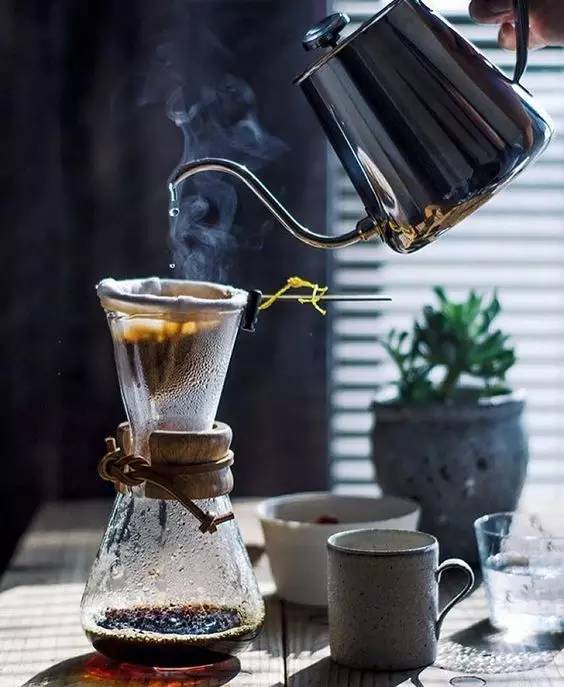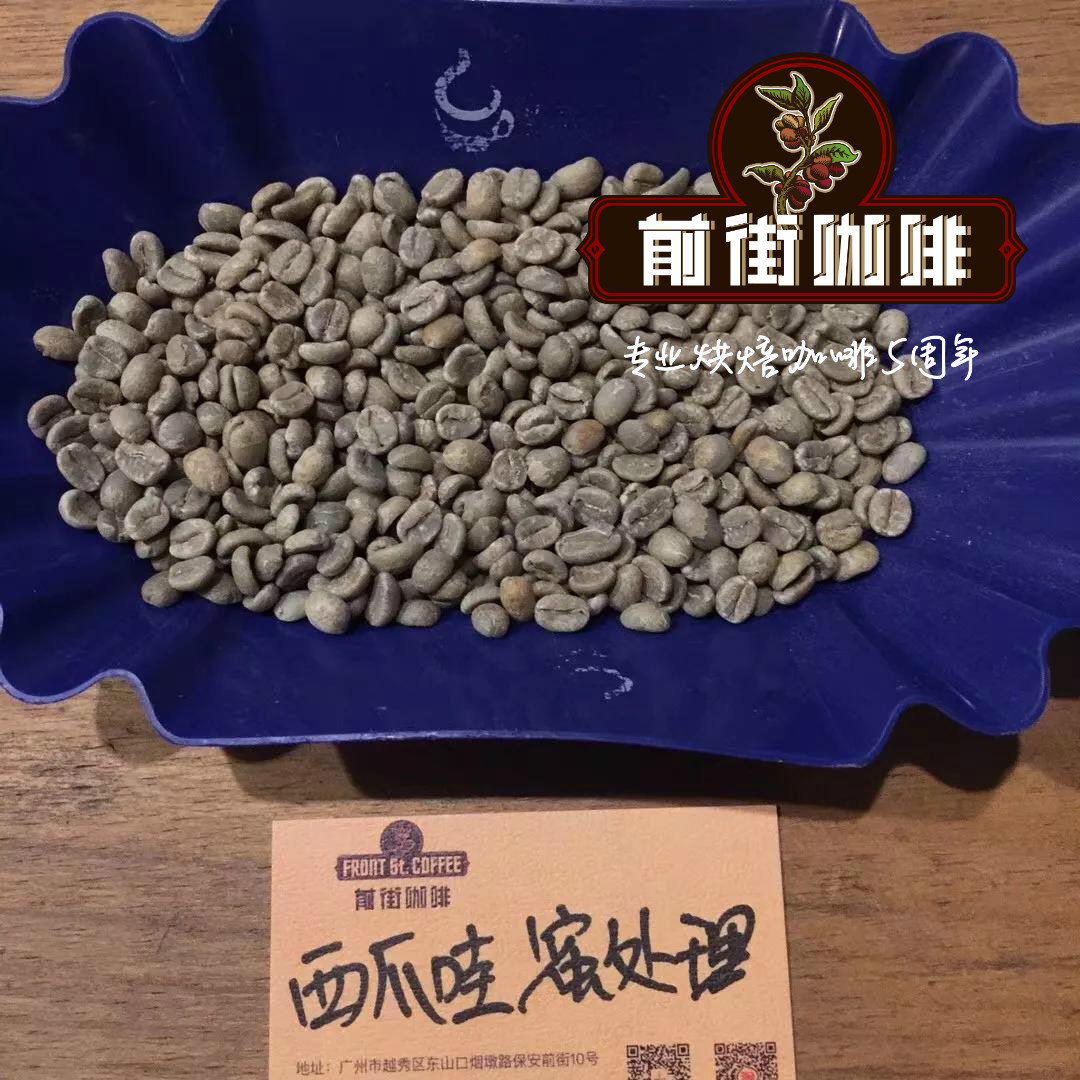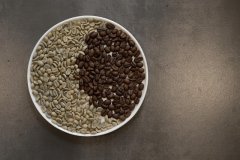Yega Feivina Coffee Coffee hand data how to drink Yega Fevina Fruit

For professional baristas, please follow the coffee workshop (Wechat official account cafe_style)
Hand-washed Yega Xuefei. 15g powder, medium fineness grinding (small Fuji ghost tooth cutter 3.5grinding), v60 filter cup, 91mi 93 degrees water temperature, first water injection 30g water, carry on steaming for 27 seconds, injection to 105g water cut off, wait for powder bed water to half, then water injection, slow water injection until 225g water volume, no water powder ratio at 1:15, extraction time at 2:00
Processing plant: Venago co-operative
Flavor: fresh fruit aromas of strawberries and blueberries, aromas of raisins
Flavor introduction: the aroma is full-bodied and distinct with fresh strawberry and blueberry aromas, raisin aromas, pineapple, mango, complex fruits, citrus berry notes, syrup, flower aromas, juicy May peaches, and so on. Very delicious berry aromas, with dried apricot fruit and sweet tropical fruit flavor at the end.
The annual rainfall in this small area is 1900mm. 4 months is the dry season, and 9 months is the rainy season. After the coffee farmers screen the coffee fruits with graded red cherry color, they are produced by the nearby processing plant Oma-Abedu treatment Plant (Oumer-Abedu). They are naturally exposed to the sun directly on the scaffolding and turn every 2-3 hours in the first few days to prevent excessive fermentation.
After four to six weeks of sun exposure and humidity of 12% or less, the Ethiopian Mercantile Exchange (ECX) cup tests, grading and quantity are auctioned. Sun-treated beans are usually stored in the form of shell beans and will not be shelled until they are exported.
Yejaschuffe itself is a small town of about 20, 000 people, and the three neighboring producing areas, Wenago, Kochere and Gelena Abaya, are also classified as Yejasuffe because they produce coffee with almost the same flavor as Yejasuffe. Yejacheffe is similar to the neighboring Sidamo in terms of culture and geography, but it seems to be more favored to enjoy the advantageous conditions, top-quality Yega Chefe coffee with floral aromas, bright citrus acidity, lemon flavours and silky taste.
Brief introduction:
The bean comes from a single farm, Ethiopia, and is processed by the Vina Fruit Cooperative (Wenago cooperative).
The cooperative, located in the south of Gedeb District, was established in 2005, and joined the famous Yejia Coffee Farmers Cooperative Union (YCFCU,Yirgacheffe Coffee Farmers Cooperative Union) that year, which is famous for producing high quality sunburn. The Waka Cooperative has about 300 coffee farmers. YCFCU was founded in 2002 and includes 26 other cooperatives serving more than 45000 coffee farmers.
The Venago Cooperative, which is part of the YCFCU Cooperative Union (Yirgacheffe Coffee Farmers Cooperative Union), was founded in 2005 and is one of 22 junior cooperatives. The Waka Cooperative is located in the Gedeb area of the Gedeo district, a remote area within the Yega Coffee, 75 km from the local coffee distribution town of Dilla, and the external road is in poor condition, with 20 km of dirt road from the cooperative to the main tarred road. The elevation is very high, about 1800-1900 meters. Because no chemical fertilizers or pesticides are used in coffee cultivation, Waka farmers have also obtained the Skal organic coffee certification recognized by the European Union. Just as Cochell is famous for washing, Wauka is particularly outstanding for tanning, but both Wauka and Cochell have different treatments of raw beans. In recent years, the sun method has become increasingly sophisticated, greatly improving the traditional extensive mode for hundreds of years, paying more attention to the care of the harvest and sun drying process of ripe cherries, so that the beans retain the sweet flesh and slightly attractive flavor of fermented wine, and make a flavor that is not found in water washing.
Ethiopian coffee beans are highly rated in Taiwan.
Especially: Sidamo, Yejia Sheffield and Hara, the coffee beans in these three producing areas are the craziest.
The Wenago introduced this time belongs to the Yejia Sheffield series, which has a strong sense of sweetness.
Wenago is a small area of Gedeo in southern Ethiopia.
Gedeo is about 5 kilometers south of the town of Yegashefi.
The relatively high popularity within the jurisdiction of Gedeo is:
Yega Xuefei (Yirgacheffe) and Kirchell (Kochere).
Omar-Abedu treatment Plant (Oumer-Abedu) is a cooperative in Wanago town
The cooperative is jointly produced by more than 700 local small coffee farmers.
Due to the large number of cooperatives near the wall, the coffee batches produced in this small producing area have always had an amazing performance.
Carefully select fully ripe coffee cherries, carefully pick out defective beans in the process of scaffolding, improve flavor cleanliness and consistency, and ensure that each batch is of the best quality.
These small farmers cultivate an average of about 1 hectare of coffee at an altitude of about 1900-2100 meters, and the coffee varieties are mainly native species (Heirloom).
Important Notice :
前街咖啡 FrontStreet Coffee has moved to new addredd:
FrontStreet Coffee Address: 315,Donghua East Road,GuangZhou
Tel:020 38364473
- Prev

How much is Indonesian West Java Coffee how should I brew it properly?
For professional baristas, please follow the coffee workshop (Wechat official account cafe_style) [honey treatment] Honey treatment, called HoneyProcess or Miel Process, is used in coffee gardens in Honey Coffee, Costa Rica, Panama (Panama) and Guatemala (Guatemala). The so-called honey treatment means
- Next

Yega Feivina Fruit Coffee Taste and Flavina Fruit Coffee characteristics
Professional baristas please follow the coffee workshop (Wechat official account cafe_style) Ethiopian coffee beans are highly rated in Taiwan, especially: Sidamo, Yejia Sheffield and Hara, the coffee beans in these three producing areas are the craziest. The Wenago introduced this time belongs to the Yejia Sheffield series, which has a strong sense of sweetness. The town of Wenago is Esse.
Related
- Detailed explanation of Jadeite planting Land in Panamanian Jadeite Manor introduction to the grading system of Jadeite competitive bidding, Red bid, Green bid and Rose Summer
- Story of Coffee planting in Brenka region of Costa Rica Stonehenge Manor anaerobic heavy honey treatment of flavor mouth
- What's on the barrel of Blue Mountain Coffee beans?
- Can American coffee also pull flowers? How to use hot American style to pull out a good-looking pattern?
- Can you make a cold extract with coffee beans? What is the right proportion for cold-extracted coffee formula?
- Indonesian PWN Gold Mandrine Coffee Origin Features Flavor How to Chong? Mandolin coffee is American.
- A brief introduction to the flavor characteristics of Brazilian yellow bourbon coffee beans
- What is the effect of different water quality on the flavor of cold-extracted coffee? What kind of water is best for brewing coffee?
- Why do you think of Rose Summer whenever you mention Panamanian coffee?
- Introduction to the characteristics of authentic blue mountain coffee bean producing areas? What is the CIB Coffee Authority in Jamaica?

